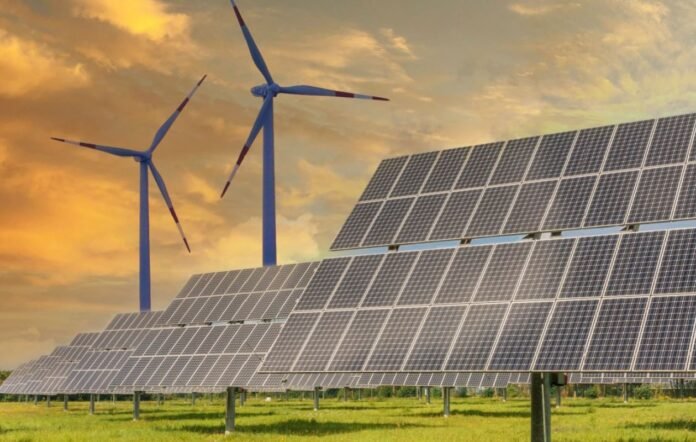The Government of Zimbabwe has officially approved the participation of independent power producers (IPPs) and private companies in electricity generation, sales, and distribution, marking a historic policy shift aimed at addressing the country’s chronic power shortages and boosting energy security.
According to a public notice from the Zimbabwe Energy Regulatory Authority (ZERA), the decision is expected to attract new investment, enhance efficiency, and help achieve universal electricity access by 2030. The government is targeting US $9bn in new investments in the power sector, of which US $4.4bn billion is projected to come from private investors. A competitive bidding process for projects is set to launch in 2026, further liberalizing the sector.
Zimbabwe’s power generation remains highly concentrated, with Hwange Thermal Power Station accounting for 68.1% of electricity supply and Kariba Hydroelectric Power Station contributing 27.5%. The nation’s daily peak demand stands at approximately 1,900 MW, while total available capacity from Hwange and Kariba is about 1,200 MW.
READ: KenGen, Kaishan Group ink steam deal for green ammonia project
Energy access rate
Only 40% of Zimbabwe’s population has access to electricity, and rural electrification remains particularly low at just 16%. Hwange, the country’s largest power station, is undergoing expansion and refurbishment to enhance reliability. The facility’s total installed capacity now stands at 1,520 MW following the addition of two 300 MW units in 2023. The older units; two 220 MW and four 120 MW plants are being refurbished under a financing and operations agreement with India’s Jindal Power to restore their performance after years of underproduction.
Zimbabwe is also pursuing additional coal projects, including the Western Coal and Energy Power Station and the Titan Power Station. The country holds substantial coal resources, with 502 million tonnes of proven reserves and up to 25 billion tonnes of potential resources, primarily in the Hwange region. However, some projects face financing hurdles amid global shifts toward cleaner energy.
Hydroelectric output is also set to rise. In 2025, the Zambezi River Authority (ZRA) allocated 27 billion cubic meters of water for power generation at Kariba Dam a significant increase from the 16 billion cubic meters allocated in 2024. The allocation, split evenly between Zimbabwe’s ZPC and Zambia’s ZESCO, is expected to boost Kariba’s generation capacity by up to 70%, depending on rainfall patterns.
For 2026, the ZRA has proposed an even larger allocation of 30 billion cubic meters, reflecting improved hydrological forecasts for the region. Zimbabwe is also advancing its gas-to-power strategy following Invictus Energy’s landmark commercial gas discovery in the Cabora Bassa Basin. The discovery estimated at 1.2 trillion cubic feet of gas and 73 million barrels of condensate positions Zimbabwe as a potential new entrant among Africa’s natural gas producers.
Invictus Energy plans to develop gas-based power generation to supply the Eureka Gold Mine and feed electricity into the national grid. Additional exploration and appraisal drilling are underway to expand the resource base for future power projects.
Zimbabwe’s renewable energy drive is gaining momentum through the Zimbabwe Renewable Energy Fund (ZimREF), launched in collaboration with the United Nations Joint SDG Fund and Old Mutual Zimbabwe. Supported by UN agencies such as UNESCO, UNCDF, UNDP, and UN Women, the initiative aims to mobilize capital for solar, wind, and mini-grid projects.
ZimREF is expected to grow from current commitments to US $30M by the end of 2025 and US $50M by 2026. The country’s goal is to raise renewable energy’s share excluding large hydro from 7.8% to 29% of total generation by 2030, equivalent to around 200 MW of net-metered capacity.
By opening the electricity market to private participation and prioritizing energy diversification, Zimbabwe is taking decisive steps to strengthen its power infrastructure. If successfully implemented, the reforms could transform the nation’s energy landscape improving reliability, attracting investment, and advancing its goal of universal access to electricity within the decade.





